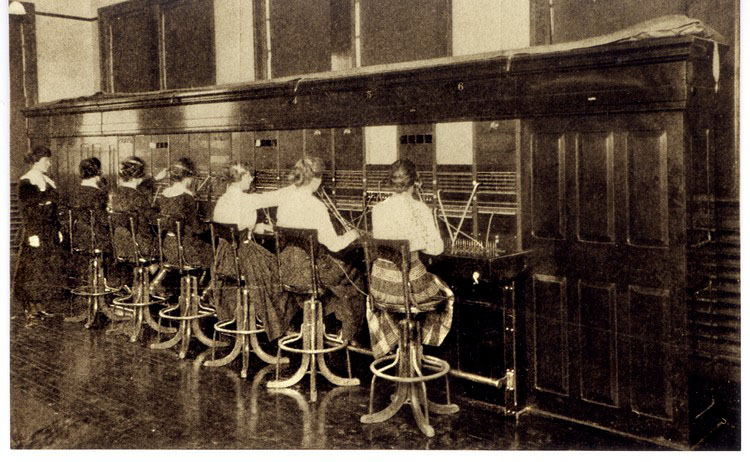MACHINABLE MAIL MUST BE SCANNED TO READ THE DESTINATION ADDRESS
How else are you going to automate the sorting? That figures.
But today, the sending address is
also scanned, and a record is kept of all correspondence in the
national, machinable mail stream. Here in the United States, the
government knows everyone with whom you are in correspondence.
How long are these letter scans saved, your personal dossier?
In this "Mail Isolation Control and Tracking"
(surveillance) system, they say they have all the information, but they don't store it for
more than 30 days. Maybe you can find out for me, and, while
you're up, ask to see their no-fly list.
Is
the government's record of our correspondence stored for only 30 days?
My address is 50 characters with spaces. Call it 100
characters. There were 62 billion pieces of mail
in 2015. Call it 100 billion -- more mail, long addresses.
Even then, all people's correspondence exchanges that occurred in a
year could be recorded on a single
high-end hard drive (10TB). Next year, buy another drive.
So much for 30 days, IMHO.
But wait. The sorting machines are set up with OCR (Optical
Character Recognition) to translate only the "to" address into a string
of characters. If you only wanted to sort the mail, you would only
need to know where it's going. But that's not complete
surveillance. The government needs to see who is
writing to whom in order to keep us safe. We must now build new
surveillance-**and**-sorting
machines that get both
"from" and "to" addresses with OCR. Until then, we'll have
to store the whole-envelope image as a graphic image, not a few letters
of text. Keeping whole images until the postal system is rebuilt
for better surveillance of the national mail stream -- not better
sorting -- is less efficient, but it's doable. At reasonable
resolutions and jpeg compression levels, keeping images means 500
times more
storage. Oh dear, where can we get that kind of storage
capacity? Do you suppose storage really is only for 30 days?
Fortunately, there is an answer to anyone's storage prayers. It is Bluffdale,
the new NSA data center in Utah. Bluffdale has an estimated 3 to 12 exabytes (10E18, ten with 18 zeros) of storage capacity. If we can count on getting only 5 of those exabytes for letter scans, Bluffdale can hold and
retrieve the nation's entire letter traffic for 1,000 years before their
drives get full.
Well, it's only metadata. They
don't open
the envelopes . . . well, or course tens of thousands of envelopes are
opened every year, and no judge's warrant is required for a "mail
cover". By the way, what did they say about the
no-fly list?
--jerry
J. I. Nelson, Ph.D.
return to small packages (are not always scanned)
return to top

Rev 5July2016, 25Jan2018

